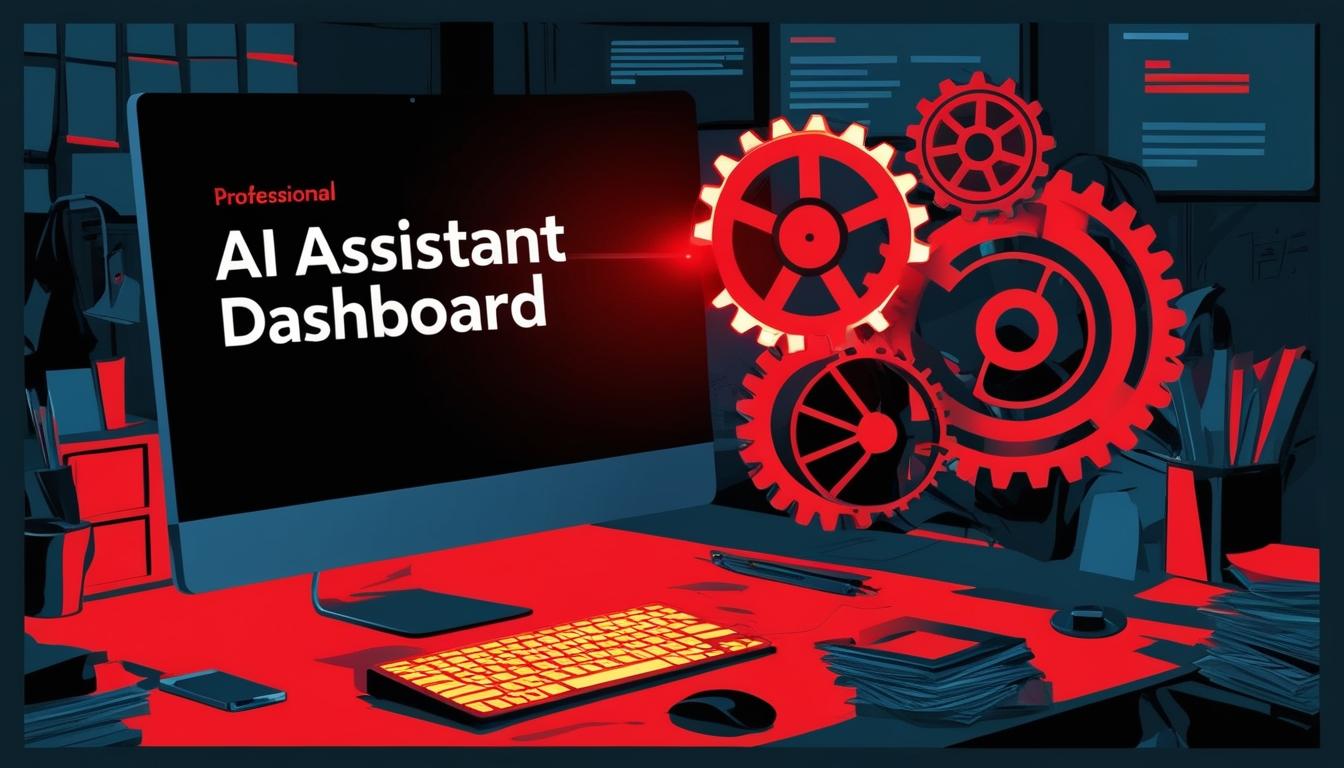As artificial intelligence (AI) rapidly transforms workplace environments globally, its integration is becoming increasingly pervasive, especially among knowledge workers. According to recent data from Microsoft, around 75% of knowledge workers are using AI tools such as Microsoft Copilot, OpenAI's ChatGPT, and Microsoft Viva Insights. Notably, 85% of these workers have found that AI tools effectively assist in prioritising tasks, signifying a marked shift in business practices due to AI automation.
The phenomenon, referred to as the "bring your own AI" trend, has led to 78% of employees introducing their own AI solutions, aimed at alleviating issues like email overload and the blurring of work-life boundaries. This evolving landscape in workplaces sheds light on the potential benefits and challenges of AI assistants.
In a recent study conducted in New Zealand, involving interviews and self-reflection journals from workers across various sectors including government, technology, education, and finance, the practicality and effectiveness of AI assistants such as Microsoft Viva Insights were explored. The AI productivity assistant was noted for its capability to analyse work habits and provide tailored recommendations to enhance workflows while promoting healthier work routines.
Participants in the study reported tangible benefits from AI assistant use; many claimed it helped them to set goals and organise tasks effectively. For instance, workers described the assistant as a “dashboard,” “safety net,” and “tracker” that enhanced their awareness of work patterns. By consolidating essential meeting documents, it contributed to improved organisation and preparedness.
Additionally, many users expressed unexpected personal advantages, noting that suggestions for breathing exercises fostered a calming atmosphere and reminded them to prioritise self-care alongside productivity. The AI assistant was acknowledged for its potential to facilitate communication among introverted or less socially active team members.
However, the study also revealed considerable limitations associated with AI assistant use. A recurring theme was the rigidity of the AI in coping with the dynamic and interconnected nature of contemporary work. Personal anecdotes from users highlighted the inflexibility of AI recommendations in the face of demanding job roles requiring constant collaboration. John, a software developer, mentioned, "I cannot have any notifications off," emphasising that his collaborative work environment made it challenging to engage with focus time as suggested by the AI.
Kyle, an applications support manager, mirrored this sentiment, stating, "Booking focus time is lovely in theory, but I never have two hours free on my calendar." Such perspectives illustrated the disconnection between AI automation and real-world workplace dynamics.
Moreover, interacting with AI tools often added to the digital burden workers faced, with many reporting the general experience as overwhelming. The need to manage interactions with the AI assistant detracted from actual work, making the tool seem counterproductive at times. Privacy was a significant concern among workers; the method of tracking mood through emoji selection raised questions about data security and personal privacy. Many individuals expressed apprehension regarding how their moods were being interpreted and if they were being judged based on their responses.
Despite these challenges, the research indicates that AI holds considerable potential if designed to align closely with the intricacies of actual work. For workers to fully accept and trust these tools, there must be a balance between agency and understanding. The most effective AI will not merely boast the highest capability but will also be adaptable to suit a variety of work roles and patterns.
Ensuring transparency in data usage is crucial for fostering trust. Workers should have control over what data their AI assistant utilises in crafting recommendations for specific work scenarios. As businesses continue to adopt AI in their operations, the focus must be on creating technology that operates effectively within human frameworks, promoting a healthier balance between productivity and personal well-being.
Source: Noah Wire Services
